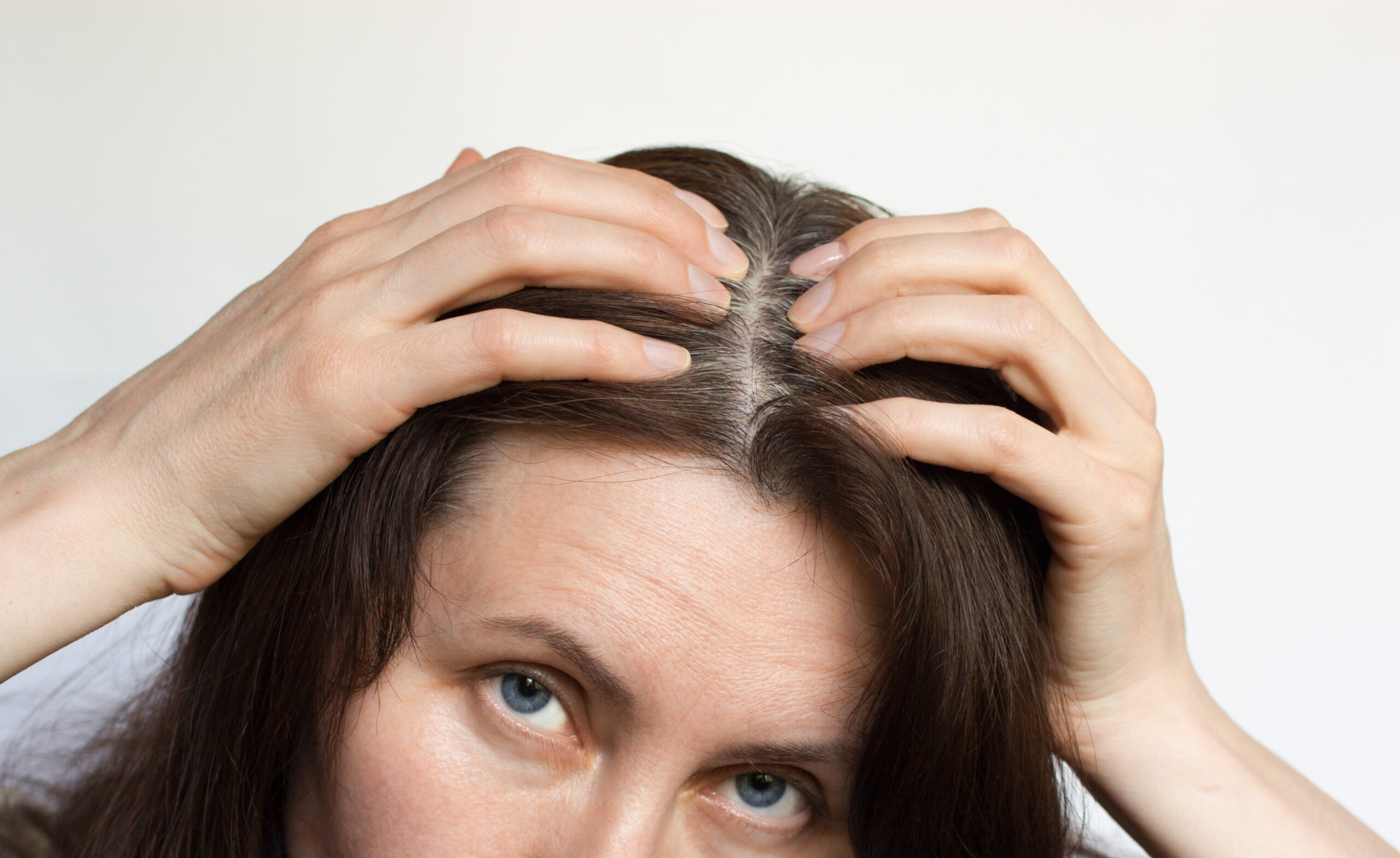Causes of M-Shaped Hair Loss
M-shaped hair loss is the most distressing type of hair loss. Let's explore the underlying causes.
M-shaped hair loss is characterized by a receding hairline at both sides of the forehead, forming an "M" shape. This is a common pattern in male pattern baldness (androgenetic alopecia). In fact, it's estimated that 8 out of 10 male pattern baldness cases in Korea exhibit this M-shaped pattern. This prevalence can be attributed to several factors.

Factors Contributing to M-Shaped Hair Loss
Genetic Factors: Male pattern baldness has a strong genetic predisposition. If your father or maternal grandfather has experienced M-shaped hair loss, you are more likely to develop the same pattern. Hormonal Influence: Testosterone, a male hormone, is converted into DHT (dihydrotestosterone) by the enzyme 5α-reductase, which shrinks hair follicles and triggers hair loss. This process is especially active around the forehead, making it a primary cause of M-shaped hair loss. Follicle Sensitivity: The sensitivity of hair follicles to DHT varies from person to person. Those with hair follicles on the forehead that are particularly sensitive to DHT may experience M-shaped hair loss more rapidly. Sebum Secretion: Sebaceous glands are highly concentrated in the T-zone of the face (forehead, nose, chin) and the scalp. Excess sebum can clog hair follicles, causing inflammation and hindering hair growth. As the sides of the forehead have many sebaceous glands, excessive sebum production can accelerate M-shaped hair loss. Hair growth cycle: Hair typically goes through three phases: growth (Anagen), regression (Catagen), and resting (Telogen). DHT exposure can shorten the growth phase and lengthen the regression and resting phases for follicles in the M-shaped area. This causes hair in these areas to become thinner and eventually fall out. The earlier onset of hair loss in M-shaped area is due to the hair follicle cycle in this region is affected more quickly. In summary, M-shaped hair loss is caused by various factors, including the influence of DHT, genetics, sebum production, and the hair growth cycle. In particular, hair follicles on both sides of the forehead are sensitive to DHT, which is why hair loss often begins in this area, forming the M-shape. To prevent and treat hair loss, it is important to understand these factors and seek appropriate treatment.


